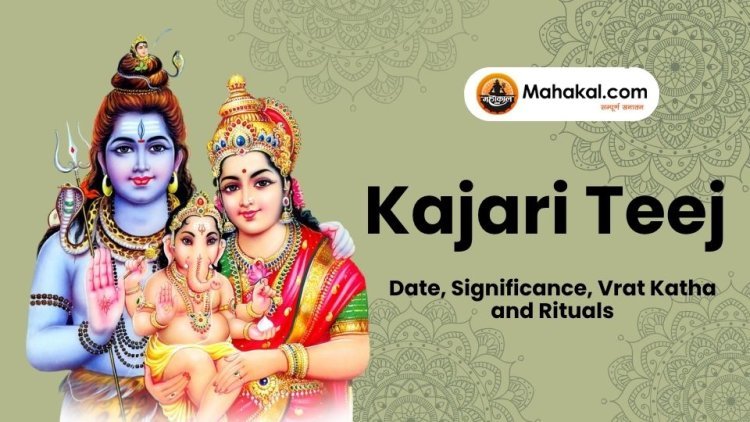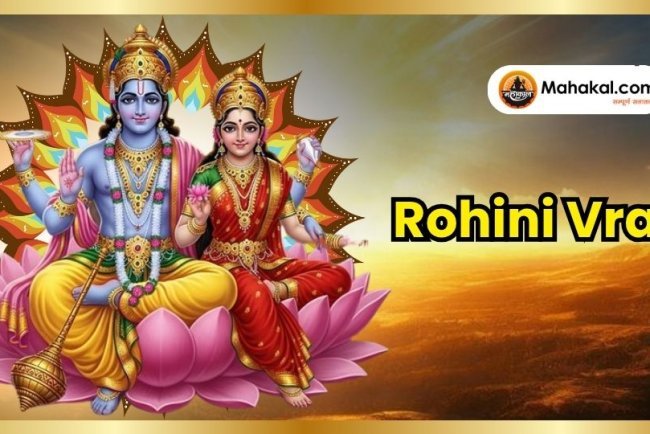Kajari Teej 2025: Date, Significance, Vrat Katha and Rituals
Discover the significance, date, vrat katha, rituals, and folk traditions of Kajari Teej 2025, a major festival for married women in North India.

In India, the month of Sawan (Shravana) is considered sacred, filled with numerous festivals and fasts celebrated with devotion and enthusiasm. One such important festival, especially for married women in Northern India, is Kajari Teej. This Teej comes after Hariyali Teej and before Hartalika Teej and is observed for the long life and prosperity of husbands and family well-being.
When is Kajari Teej in 2025?
In 2025, Kajari Teej will be celebrated on Sunday, August 31. It falls on the Krishna Paksha Tritiya (third day) of the Bhadrapada month, as per the Hindu lunar calendar.
Importance of Kajari Teej
Also known as Boorhi Teej or Satudi Teej, Kajari Teej holds immense cultural and spiritual value. It is especially popular in states like Uttar Pradesh, Bihar, Madhya Pradesh, and Rajasthan. Married women observe a strict fast (sometimes Nirjala - without water) on this day, praying to Lord Shiva and Goddess Parvati for marital bliss and long life of their husbands.
Apart from its religious aspect, this festival is known for the Kajari folk songs sung by women. These songs express emotions related to love, separation, joy, and devotion, often linked with the monsoon season and family life.
Kajari Teej Vrat Katha (Story)
According to the legend, a poor Brahmin woman once observed the Kajari Teej fast with full faith and devotion. Although she was starving, she chose to offer the fruits she had to the Brahmins before eating herself. Pleased with her selflessness and devotion, Goddess Parvati blessed her with prosperity and a happy married life.
This story emphasizes devotion, self-control, and sacrifice, which are the core values behind this sacred fast.
Puja Vidhi (Worship Method)
Women wake up early, bathe, and take a vow to observe the fast. A small altar is set up where idols or pictures of Shiva-Parvati, Goddess Gauri, and the Moon are placed. A lamp is lit, and offerings like fruits, flowers, and traditional items for married women (sindoor, bangles, etc.) are made. The Kajari Teej Katha is listened to or read in a group. After moonrise, Arghya (water offering) is made to the Moon to conclude the fast.
Traditional Celebrations
One of the most beautiful aspects of this festival is the gathering of women who sing Kajari songs with dholak and clap rhythms. These songs narrate tales of longing, beauty, and marital love, forming an essential part of the cultural heritage of North India.
Kajari Teej is more than a fast—it’s a celebration of womanhood, marital devotion, and traditional values. It strengthens the spiritual bond between husband and wife while nurturing age-old customs and folk traditions.
Observing this fast with full devotion is believed to bring prosperity, harmony, and divine blessings to married life.
What's Your Reaction?















